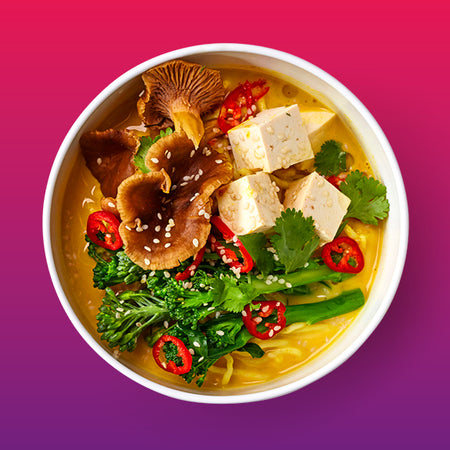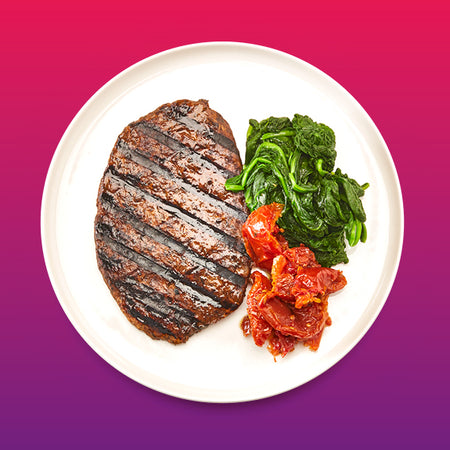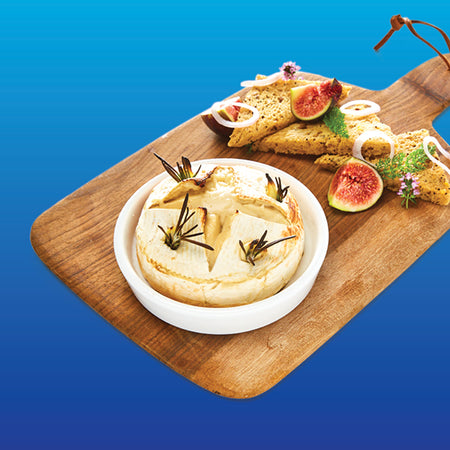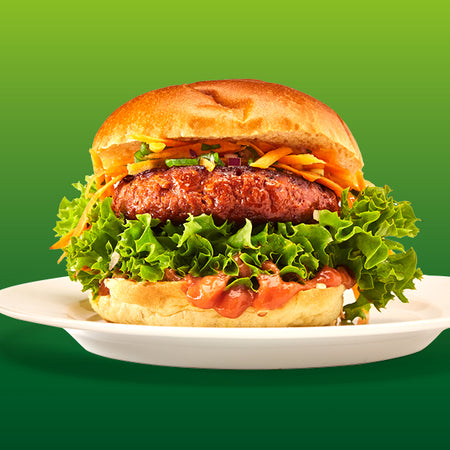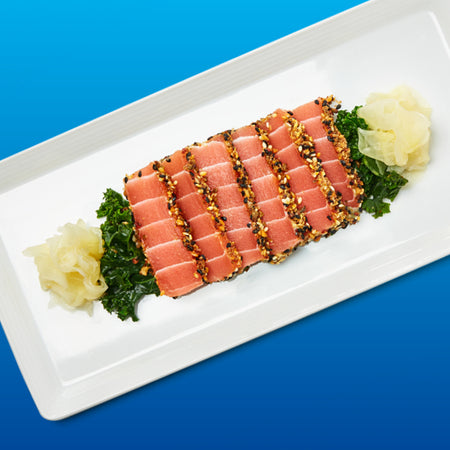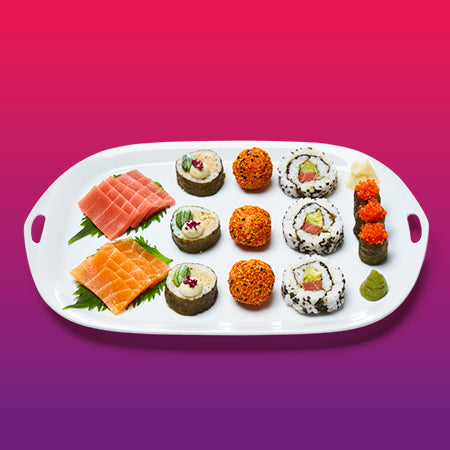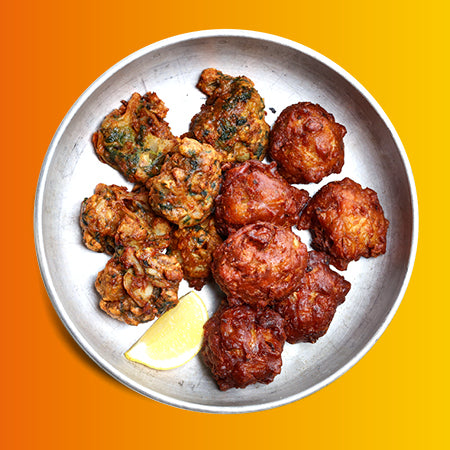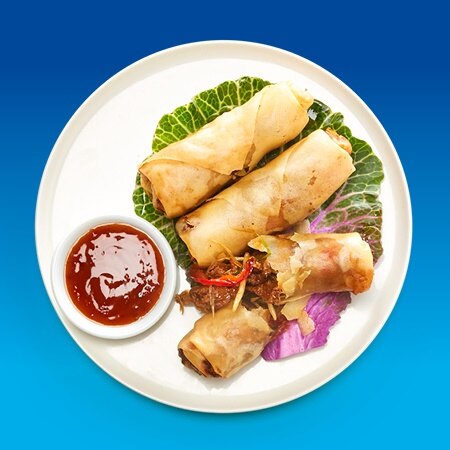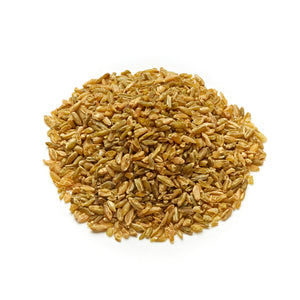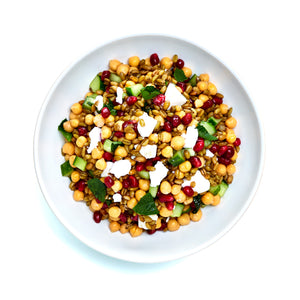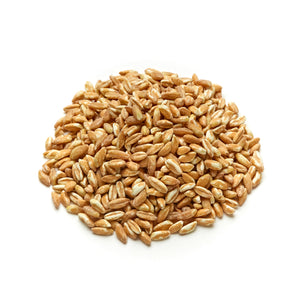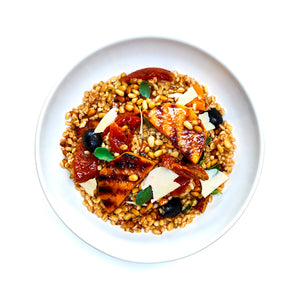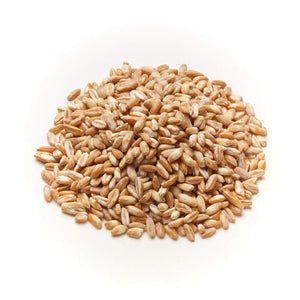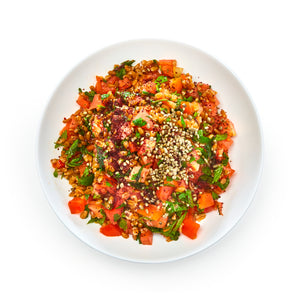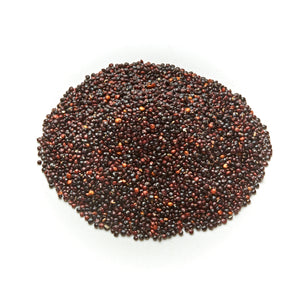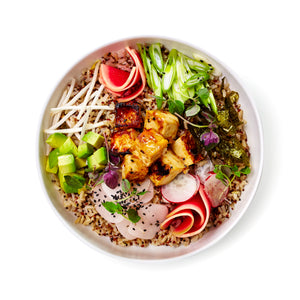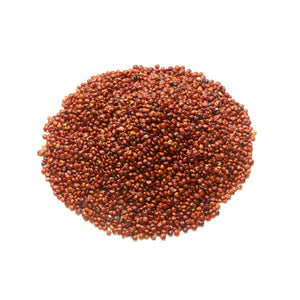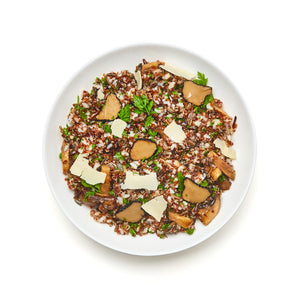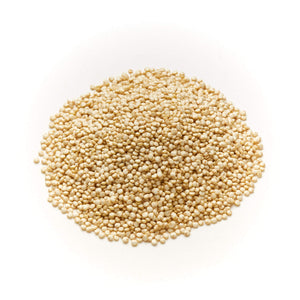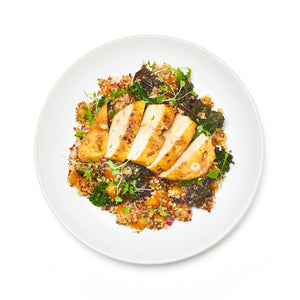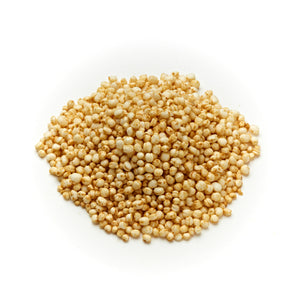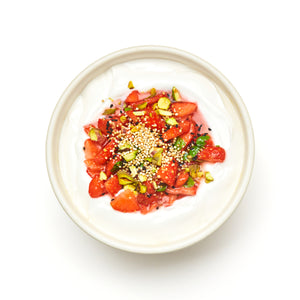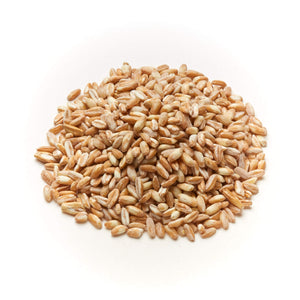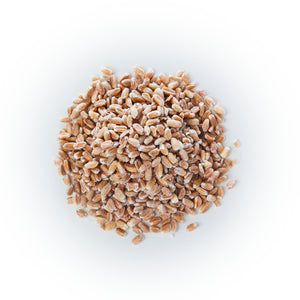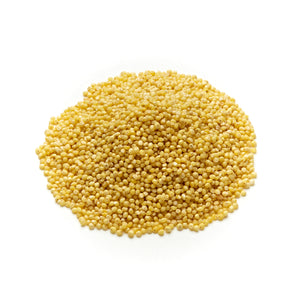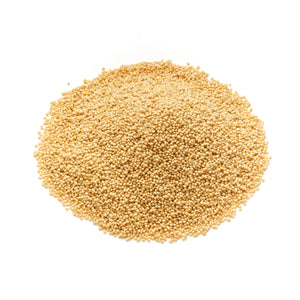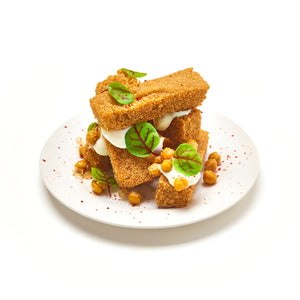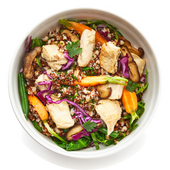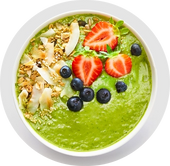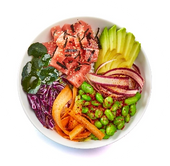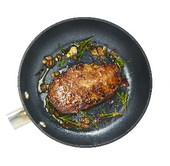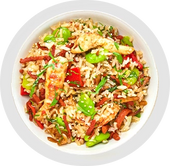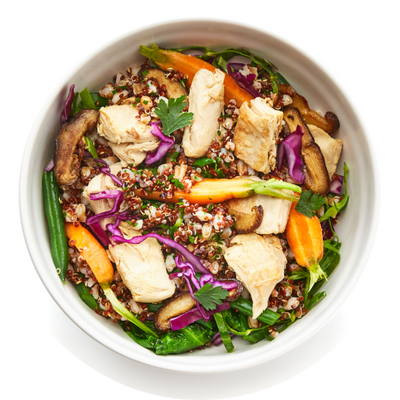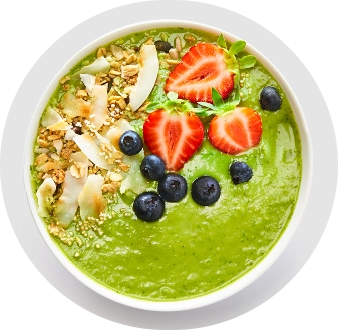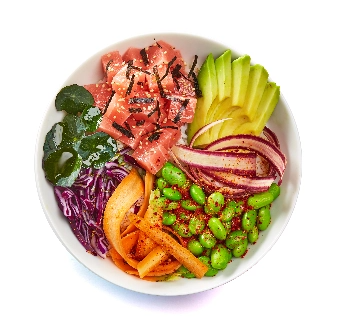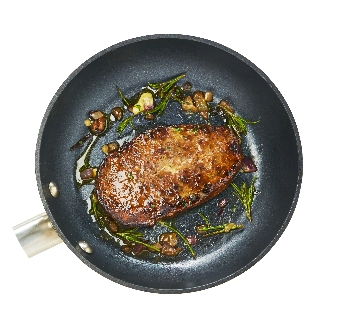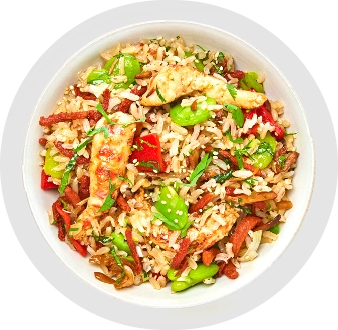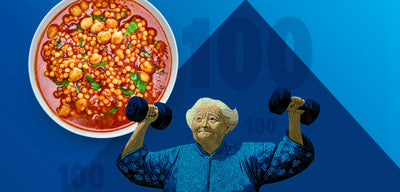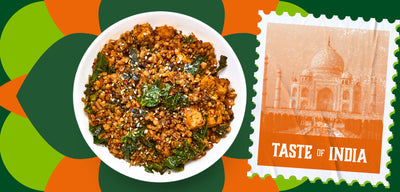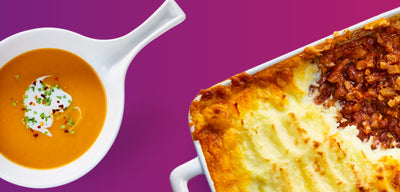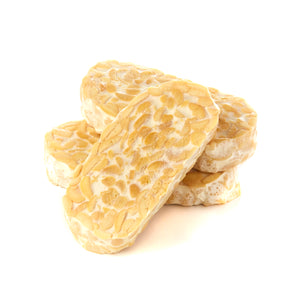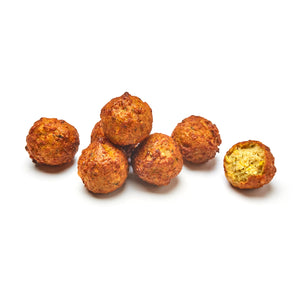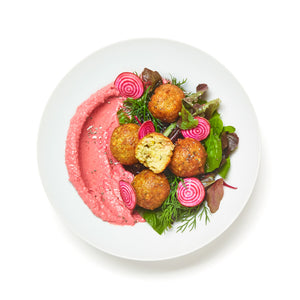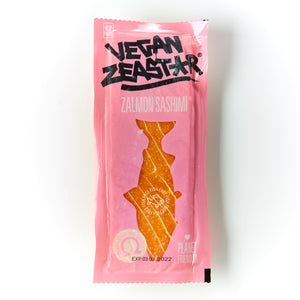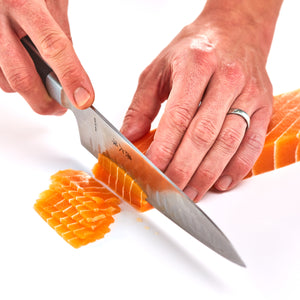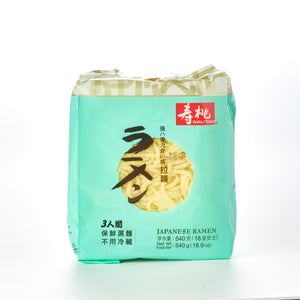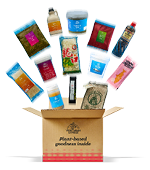Freekeh
Consumed for centuries in the Middle East and North Africa, Freekeh is a great lunchtime option to add fibre and protein to salads. Its nutty flavour and chewy texture pair brilliantly with everything from peppers to pomegranates.
Similar to Khorasan but smaller in size, it has a slightly smokier taste that has been embraced in salads and pilafs by chefs such as Yotam Ottolenghi.
To cook, pop it in salted water and boil for 25 minutes. The rest is up to you. Whether adding to risotto, making porridge or using to make some homemade vegan burgers. Alternatively, add to a spiced vegan bouillon and cook in the oven to make an Ottolenghi-inspired pilaf.
Khorasan
Getting its name from a region in Iran, Khorasan is an ancient grain with a sweet, nutty, buttery flavour. With a larger kernel size, twice the size of wheat, Khorasan is affectionately known as 'Camels Tooth'. This super grain has a firm texture ideal for slow braising. Soak in plenty of water for 12 hours, bring to a boil, and then simmer for 40 minutes. Its nutty flavour works well in salads and enriching loaves of bread when ground. Try pairing it with vegan cheeses, including feta and halloumi.
Farro
Although originally grown between Egypt and Iraq, Farro is now most popular in Italian cuisine. Believed to have sustained the Roman legions, Farro now grows in the central and northern Italian regions, including Lazio, Umbria, and Tuscany.
Also known as Einkorn or Siyez, this slightly sweet and earthy grain works great alongside mushrooms in risottos and butternut squash in salads. Farro always requires washing before soaking. Once soaked, simmer for 20-30 minutes until tender. Alternatively, cook in water left over from cooking white beans or chickpeas to make a creamy farrotto.
Quinoa
Properly pronounced as "KEEN-wah", this grain is available in White, Red and Black. Cultivated before the Spanish arrived in Peru and Bolivia, South America, it was quickly replaced by cereals before returning into fashion over the last 15 years.
Quinoa is very high in protein and has a slightly crunchy texture and
bittersweet flavour with hints of nuts and sesame. White Quinoa boils in 15 minutes, red in 20 and black in 30. Not to worry if you leave it a little too long, though, as it won't go mushy when overcooked, unlike other cereals.
Gluten-free and containing all 9 essential amino acids, Quinoa is a great way to add flavour and health benefits to Buddha Bowls or get creative with 'Crab' Cakes.
Millet
One of the oldest cultivated grains, Millet has been around for 7000+ years. Originating in China and Korea this small grain holds a lot of nutrients and can take on tons of flavour too.
Slightly nutty by itself, Millet can be made creamy like mashed potatoes or fluffy like rice. Just simmer for 30 minutes in salted water or stock.
Considered to be one of the most digestible and non-allergenic grains available. It is one of the few grains that are alkalizing to the body. Make into porridge, grind into muffins and bread or add to soups.
Spelt
Called 'the marching grain' by the Romans spelt is a well-balanced source of protein as it contains all either essential amino acids perfect for body maintenance and muscle growth.
One of the earliest grains to be milled and made into bread, Spelt makes bread softer compared to whole wheat flours. Spelt can be easily cooked by rinsing with cold water and simmering for 30 - 45 minutes. Adding its slightly nutty flavour to Butternut Squash or Quinoa Bowls instantly improves the protein levels of these dishes. It pairs well with mushrooms, onions, almonds and hard cheeses.
Amaranth
Used for energy by the Aztecs, Amaranth is similar to Puffed Quinoa but smaller. High in protein, fibre and vitamin C, it's a perfect way to add nutrients and texture to leafy salads, desserts and vegetable-based dishes like our BBQ Cauliflower Wings.
Canihua / Kaniwa
Found in the Andes mountain range in South America, Kaniwa / Canihua, or as it's also known, 'Baby Quinoa', is a versatile grain often found in dishes with a Latin American flavour.
Cooks in 15 minutes on a rapid boil and makes for a great alternative to overnight oats in a healthy breakfast. Cook enough, and you can have it for lunch too. Just follow our Kaniwa Salad recipe to create a tasty fish with tempeh and edamame beans.
Explore our full range of grains here.
